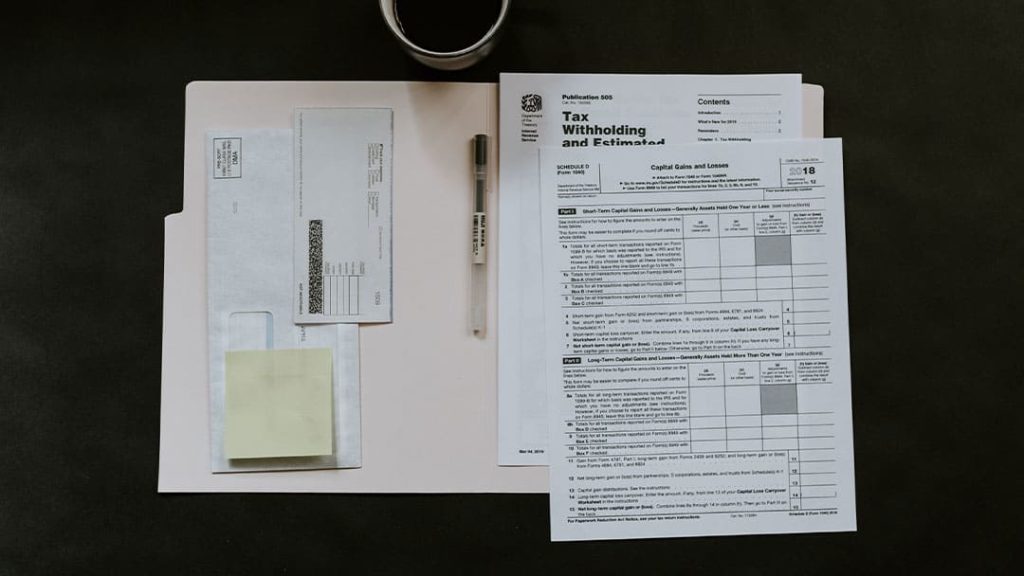Software companies transform business operations in numerous industries by creating products that fuel productivity and efficiency. In support of continued innovation, R&D tax credits are available to many organizations, providing substantial savings opportunities for a range of software companies.
Many expenses that software companies incur through their research and development are eligible, including contractor development expenses, cloud computing fees, and wages for product managers and software developers. Startup companies can also benefit by applying R&D credits to their payroll tax liabilities.
We’ll offer our insights into how software companies can qualify for and receive their R&D tax credits.
Table of Contents
R&D Tax Credits: An Overview
The benefits can exceed ten percent of their qualified expenses for software companies that qualify for the credit because many states provide additional benefits against the company’s state tax liability. For example, California, known to be a hotbed of software development companies and technological innovation, offers R&D credits up to 7.5% of an eligible company’s qualified expenses. While that specific California credit has to be applied to a company’s income tax liability, the federal credit—in most circumstances—can be applied against the federal payroll tax, offsetting the high costs of conducting business.
To further benefit software development companies, these credits are based on where they perform the research and development. That means additional credits might be available in more than one state if a company performs R&D in various facilities.
Related: Learn More About R&D Credit Taxes

Calculating R&D Tax Credits
Credits for software companies can result in a credit exceeding 10% of expenditures, but some potential limits exist. Technically, the credit is to help increase research activities, and it’s calculated based on the difference between your R&D expenses in the current year and the amount you spent in previous years.
The two ways you can calculate this difference for the tax credit are:
- RegularCalculation
This method uses historical averages based on when you began performing R&D compared against your current R&D expenses and company revenue.
- Alternative Simplified Calculation (ASC)
This method uses the last three years to calculate your prior-year average. It’s a viable alternative for when you don’t have the financial information available for earlier years. However, it can result in a smaller credit if you haven’t performed research and development for three years.
R&D Tax Credits: Qualified Expenses and Activities
Eligible expenses include several categories when applying for the R&D tax credit, including:
Wages
You can include employee (and their supervisors’) wages for research and development activities in the credit. As long as the employee spends 80% or more of their time on R&D, you can include all of their wages in your calculations.
The tax credit often applies to:
- Software and database architects
- Computer and data scientists
- Chief technology officers
- Software engineers and developers
- Quality assurance testers
- Contract Research
When starting operations, many software companies employ contractors that have knowledge and expertise not available in-house to perform tasks related to development. You can include up to 65% of those expenses when calculating your R&D credit as long as the work was performed in the US or a US territory.
- Cloud Computing
With the rise of cloud computing, many software companies share computer rental expenses, and you can include a portion of them in the credit.
For example, companies that lease multiple server instances for developmental use can include expenses for any non-production server.
- Supplies
You can include non-depreciable items as supply expenses for the R&D tax credit.
For example, a prototype device using custom software might go through some hardware changes. The materials you use to fabricate those prototypes generally apply towards the credit.
Qualified Activities
Various activities performed during R&D can qualify for the credit. These activities include software functionality and performance testing or simulation and the design and implementation of various cloud-based applications.
R&D activities are undertaken to analyze, process, or acquire large amounts of information, which is common in data analytics, AI, and cloud computing may also qualify.
R&D Tax Credit Eligibility Test
To qualify, your processes must pass a four-part test:
- Your R&D entails developing software that provides an improved or new function, quality, reliability, or performance.
- You undertake R&D to discover technological information. If your current information doesn’t establish the method or capability to develop a product, you satisfy this requirement. Even if you know you are capable of developing the product but are uncertain as to the appropriate design, this still satisfies the requirement.
- You must use an experimentation process that eliminates uncertainty. This process can be in the form of modeling, simulation, iterative design process, systematic trial and error, or any process capable of evaluating alternatives to prove or disprove a hypothesis.
- The abovementioned experimentation methods must rely on engineering disciplines (like computer science) or hard sciences.

Payroll Tax Election & Net Operating Losses
For startups that aren’t yet profitable but pay payroll taxes, up to $250,000 of their R&D tax credit can be applied to part of their social security payroll tax every year, providing that the following two criteria are satisfied:
- Their gross receipts must be $5,000,000 or less during the year they make the credit election.
- The startup must not have gross receipts for more than five years prior to making the credit election.
In addition, this credit can benefit companies that have been operating at a net loss for several years. Most companies perform activities that can qualify but lack awareness. You can roll forward credits that you’re entitled to but haven’t claimed for up to 20 years.
This option is particularly beneficial for companies that have nearly exhausted net operating losses. It can enable them to get credits from prior R&D expenditures, which offsets future tax liabilities, even if the qualifying activities were performed in previous tax years.
Automate Your R&D Tax Credit With TaxRobot
Determining if your software company’s R&D activities qualify for the tax credit is a complicated process, but it can be easier.
TaxRobot is the premier AI-powered R&D tax software for software companies. Ready to get bigger refunds and audit-proof paperwork when filing for your R&D tax credit? Book your TaxRobot demo and see how easy getting your credit can be!
Related: Learn More About TaxRobot



Software houses in Pakistan play a pivotal role in driving the country’s IT industry, contributing to cutting-edge technology solutions and software development for both local and international clients.